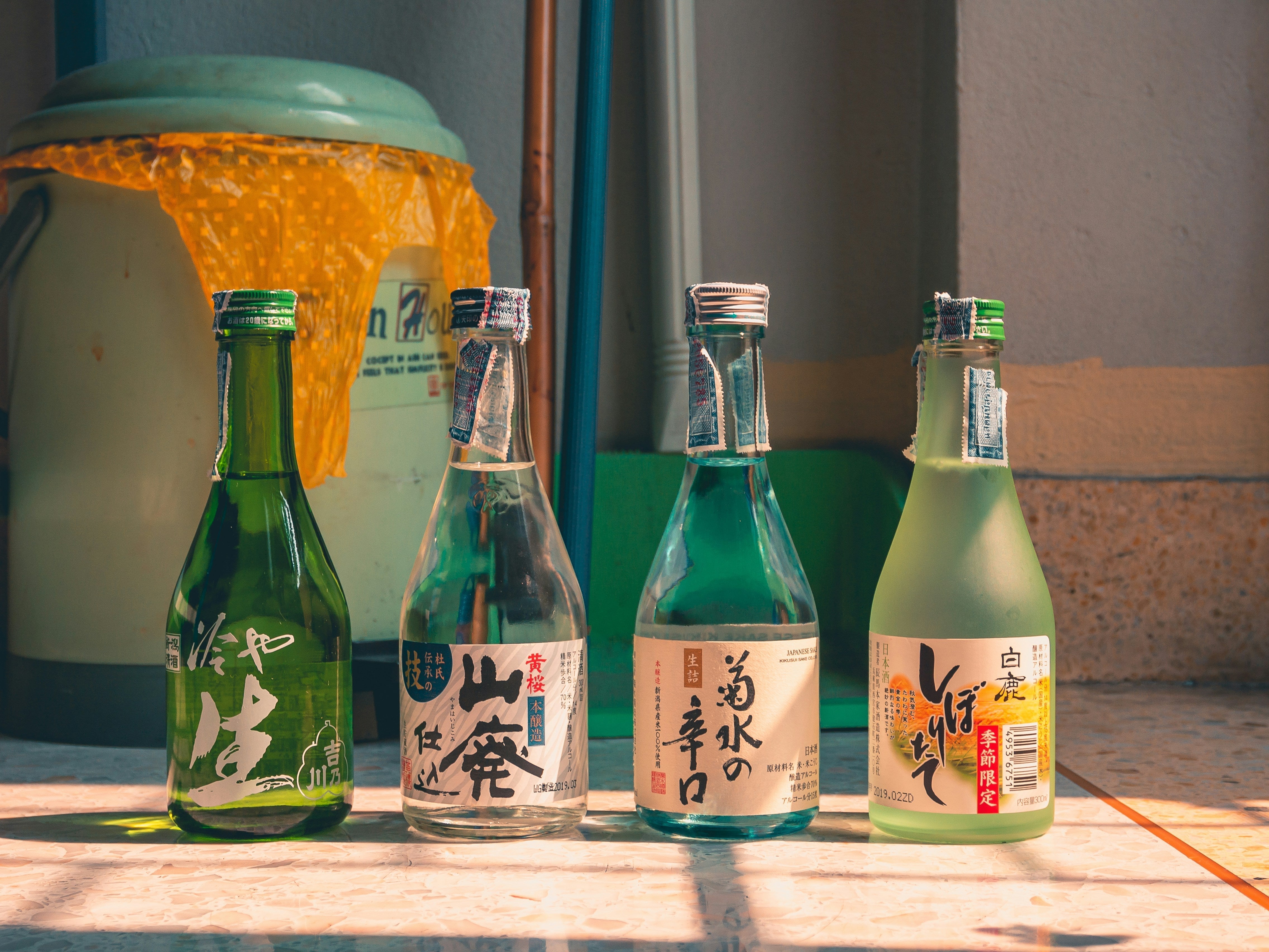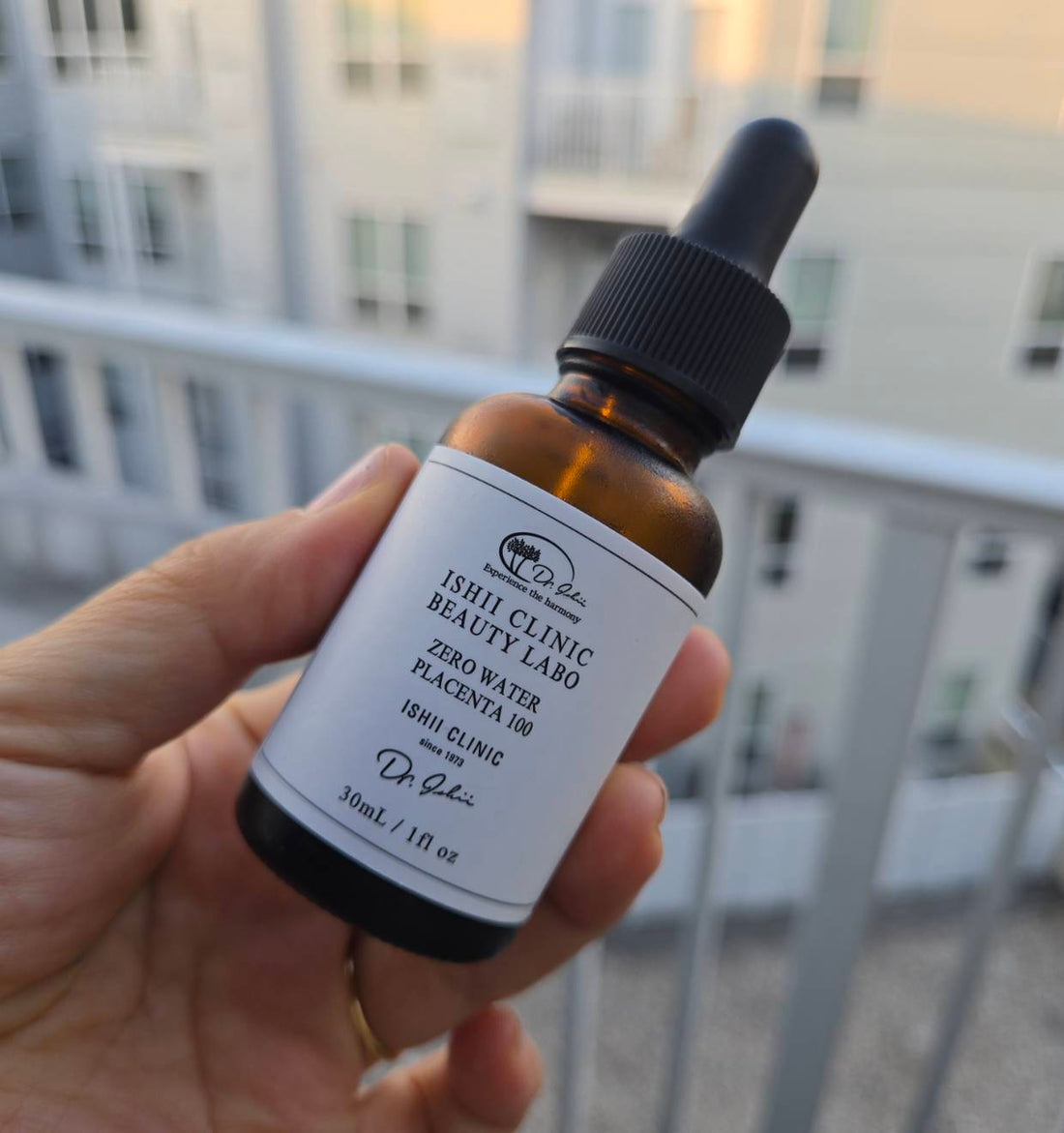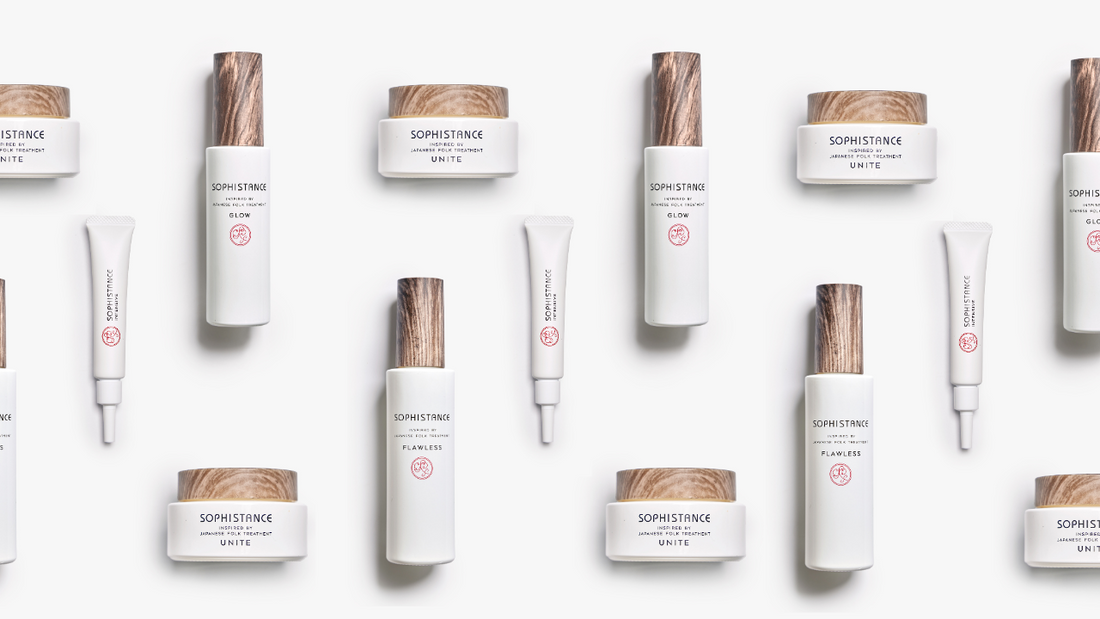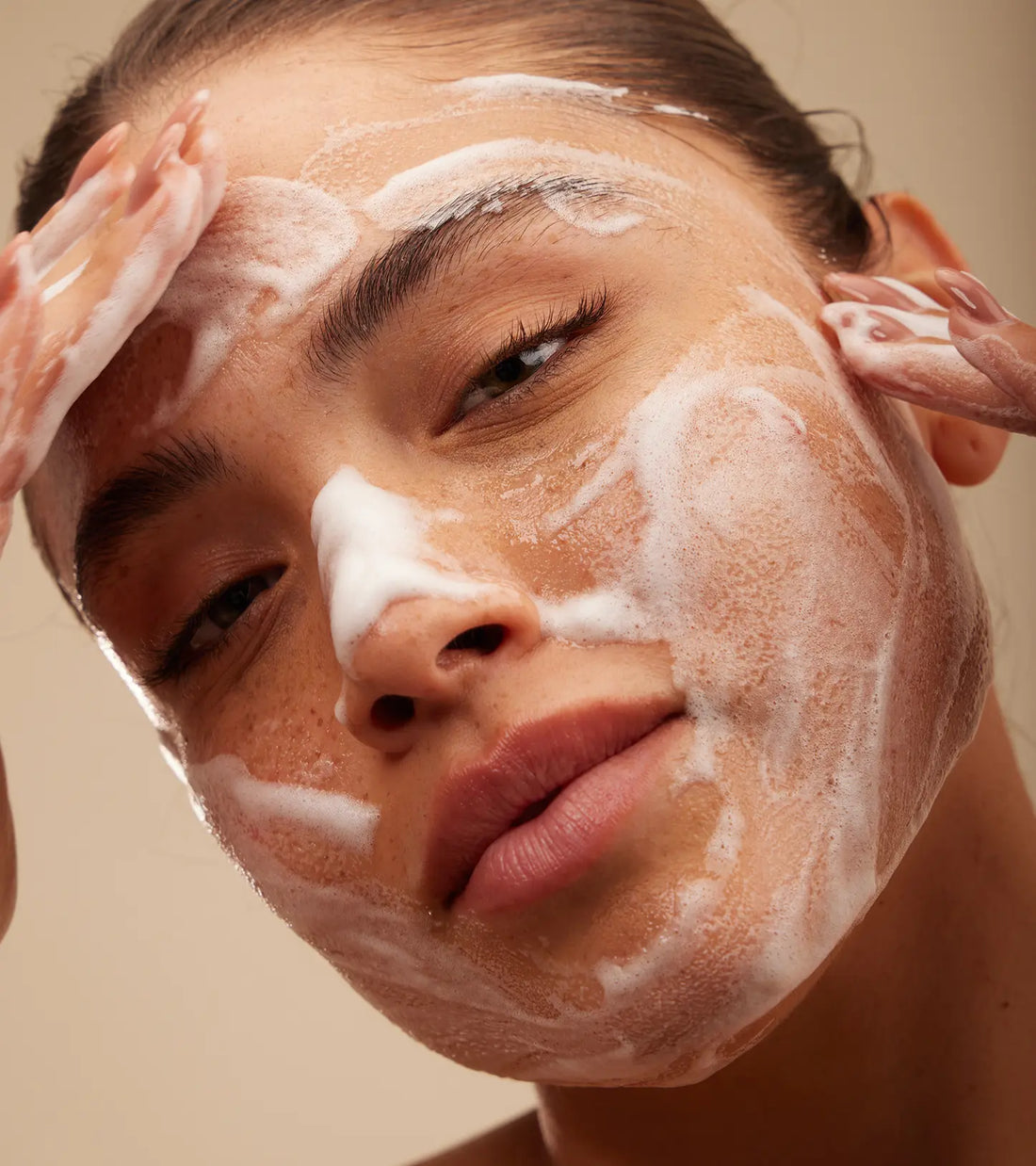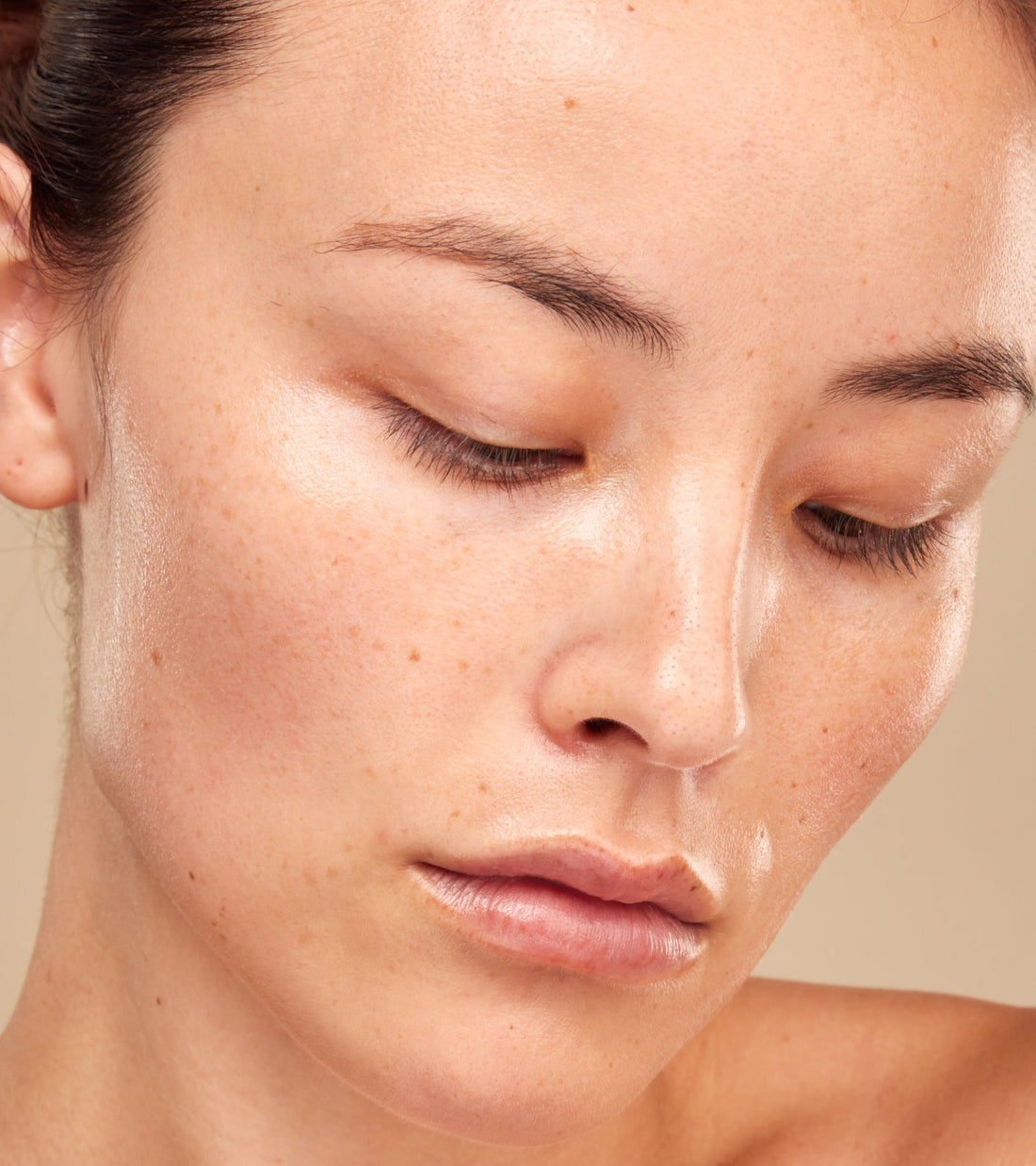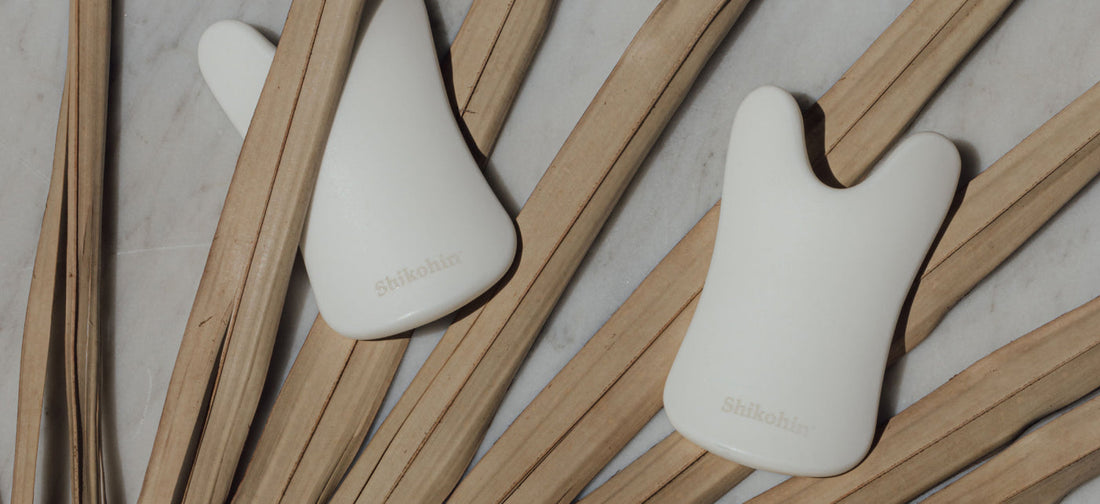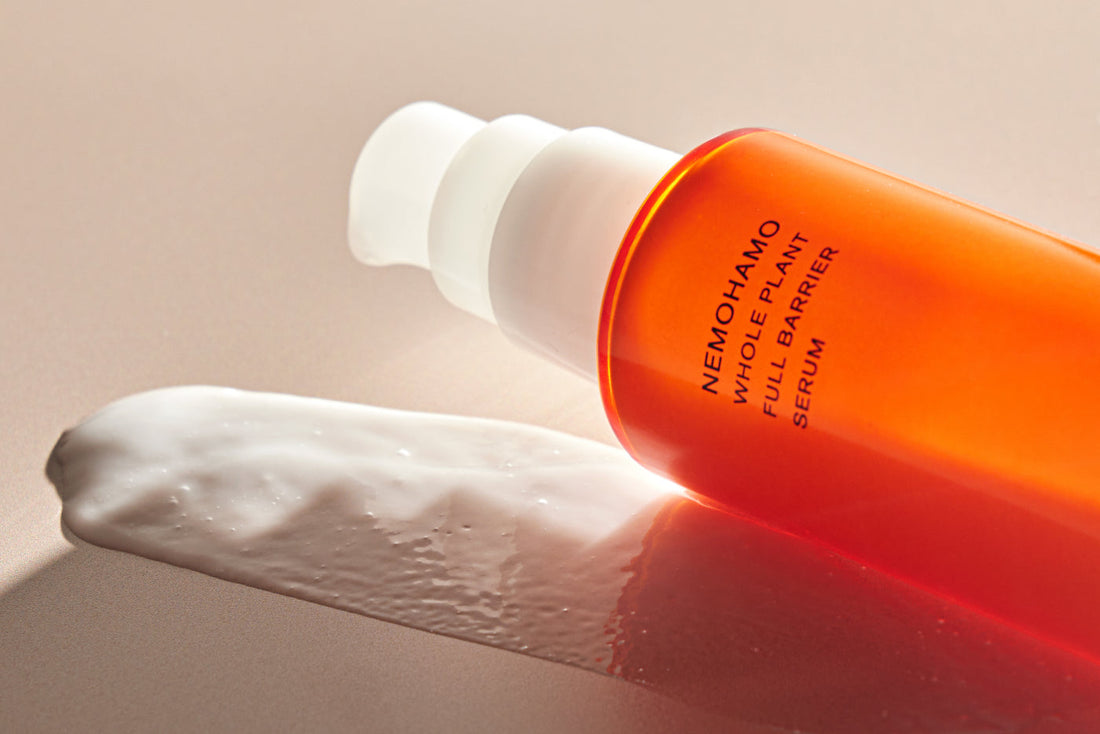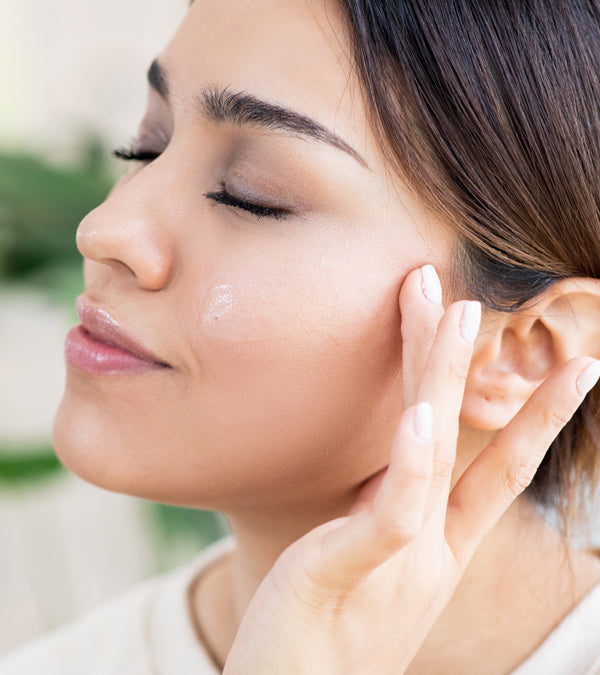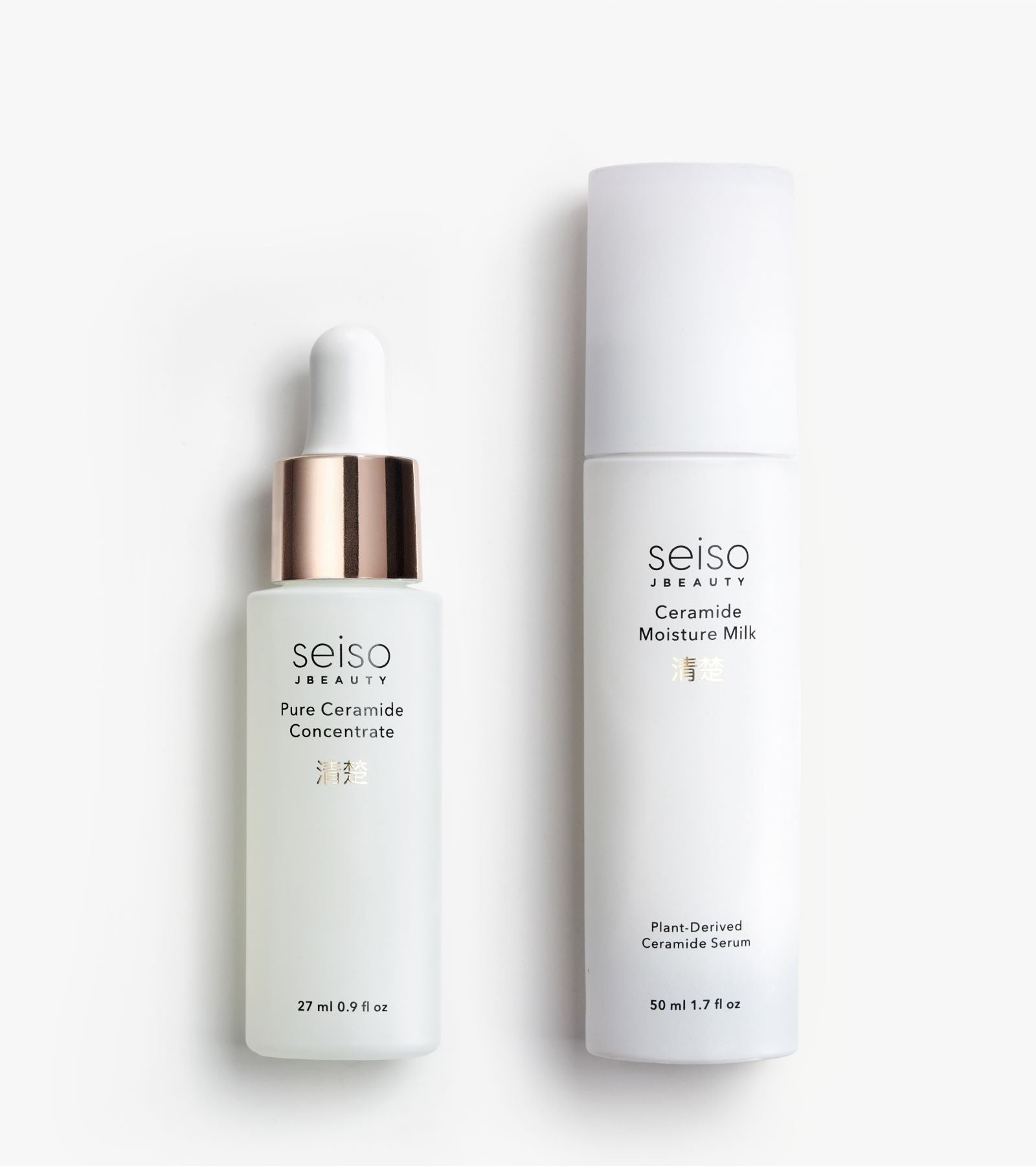Sake isn’t just a beloved traditional beverage in Japan—it’s also a centuries-old beauty secret making waves in modern skincare. Long admired for its ability to soften, brighten, and hydrate the skin, sake has become a prized ingredient in Japanese beauty rituals and contemporary formulations alike.
At Shikō Beauty, we’re passionate about celebrating ingredients that bridge tradition and innovation. Sake is a perfect example: a time-honored elixir with surprising benefits for the skin. In this post, we’ll explore what sake is, how it works in skincare, and why it deserves a place in your daily ritual.
The Origins of Sake: From Fermentation to Beauty
Sake is a traditional Japanese rice wine made through a unique brewing process that involves fermenting polished rice with water, yeast, and a mold called koji (Aspergillus oryzae). While its roots lie in Japanese culinary culture, sake’s skincare applications were first discovered centuries ago by brewers themselves. Folklore tells of sake artisans who maintained soft, youthful hands well into old age, despite working long hours in damp brewing environments. Their secret? Daily exposure to fermented rice extracts rich in nutrients and enzymes.
This observation led to a growing appreciation for sake’s topical benefits and its eventual use in cleansers, lotions, masks, and toners.
What Makes Sake a Powerful Skincare Ingredient?
Sake is more than just fermented rice water—it’s a nutrient-rich substance brimming with skin-loving compounds. Here’s what gives sake its unique skincare power:
-
Amino Acids – Sake contains over 20 amino acids, including arginine and glutamic acid, which support collagen production, skin repair, and hydration.
-
Koji-Derived Enzymes – These enzymes help exfoliate dead skin cells and stimulate cell turnover, revealing a brighter, smoother complexion.
-
Ferulic Acid – A powerful antioxidant found in rice, ferulic acid helps protect skin from free radicals and environmental stressors.
-
Arbutin and Kojic Acid – Naturally occurring skin-brightening agents that help reduce the appearance of dark spots and hyperpigmentation.
-
Vitamins and Minerals – Sake is a natural source of B vitamins, particularly niacin (B3), which helps improve skin tone and strengthen the moisture barrier.
This nutrient profile gives sake a well-rounded ability to nourish, resurface, protect, and balance the skin, all without harsh effects.
Key Benefits of Sake for Skin
Sake isn’t just a trending ingredient—it’s a multitasking powerhouse that brings real results. Whether your skin is dry, uneven, or lacking vibrancy, sake delivers a range of targeted benefits that support a healthy, balanced complexion. Below are the standout ways sake works to enhance skin health from the outside in.
Brightens Dull Complexions
Thanks to kojic acid and niacinamide-like compounds, sake visibly brightens the skin. It helps fade discoloration, sun spots, and post-inflammatory hyperpigmentation, resulting in a more even and luminous tone over time.
Improves Texture and Smoothness
Sake’s mild exfoliating enzymes gently dissolve dead skin cells without the abrasiveness of physical scrubs. Regular use can smooth rough patches and reduce the appearance of pores, leaving the skin soft and polished.
Deeply Hydrates and Strengthens the Skin Barrier
The amino acids in sake act as natural humectants, attracting moisture to the skin and boosting hydration levels. Sake also strengthens the skin’s barrier, helping it retain moisture and resist environmental irritants.
Reduces Inflammation and Redness
Sake is naturally anti-inflammatory and soothing, making it ideal for calming redness and irritation. It can benefit those with sensitive or reactive skin who want the benefits of exfoliation without triggering flare-ups.
Supports Anti-Aging and Skin Renewal
With antioxidants like ferulic acid and skin-renewing enzymes, sake helps defend against premature aging caused by UV exposure and pollution. It encourages gentle resurfacing while preserving elasticity and firmness.
How Sake Is Used in Skincare Formulations

Sake is incredibly versatile and can be found in many products, from lightweight toners to nourishing sheet masks. Its watery texture and mild scent make it an appealing base for all skin types. Here’s how it’s most commonly used:
-
Cleansers – Sake-based cleansers lift impurities while leaving the skin smooth and moisturized, ideal for dry or dull complexions.
-
Toners and Essences – These help prep the skin post-cleansing with hydration and mild exfoliation, improving the absorption of subsequent treatments.
-
Sheet Masks – Infused with sake, these deliver an instant boost of brightness, clarity, and moisture.
-
Serums and Lotions – Concentrated sake extracts are often blended with other active botanicals for targeted hydration and radiance.
-
Powder or Enzyme Exfoliators – Sake lees (fermented rice sediment) may also be used in exfoliating powders to gently resurface skin.
Sake Lees (Sake Kasu): A Hidden Gem in Fermented Skincare
In addition to liquid sake, sake kasu—the nutrient-dense byproduct left after pressing the rice mash—has become a sought-after ingredient. Packed with amino acids, vitamins, and fiber, sake kasu is used in face masks and gentle exfoliators to revitalize dull, tired skin. It’s especially revered in Japanese beauty for delivering a “mochi skin” effect: soft, plump, and glowing.
Who Can Benefit from Sake Skincare?
Sake is suitable for most skin types, including sensitive, dry, combination, and aging skin. It’s especially effective for:
-
Those with dull or uneven skin tone
-
Anyone experiencing dehydration or dryness
-
Individuals concerned with fine lines or loss of elasticity
-
People looking for a natural alternative to harsh chemical exfoliants
As always, patch testing is recommended, especially for those with rice or yeast allergies.
Incorporating Sake into Your Daily Routine
If you’re new to sake in skincare, start with a gentle toner or essence to introduce its benefits gradually. You can then layer on sake-based masks or serums a few times per week for enhanced results. Here’s a simple routine to try:
-
Cleanse with a sake-infused wash to remove impurities without stripping moisture.
-
Tone with a sake essence to hydrate and balance the skin.
-
Treat with a serum containing sake extract or sake kasu for targeted brightening and renewal.
-
Moisturize to seal in hydration and reinforce the skin barrier.
-
Mask weekly with a sake sheet mask or a wash-off mask for an instant glow.
Sake in Shikō Beauty’s Curated Lineup
At Shikō Beauty, we handpick skincare that respects tradition while embracing innovation. Our sake-infused selections are crafted with premium rice ferment filtrates and thoughtfully formulated to nourish your skin gently but effectively.
Whether you're seeking a toner to reset your glow or a mask to elevate your weekly ritual, sake is one of our favorite ingredients for natural, radiant beauty.
Raise a Glass to Healthy, Glowing Skin
Sake’s rise in modern skincare is no passing trend—it’s a return to what has worked for generations. With its blend of hydration, brightening, and anti-aging benefits, sake exemplifies the principles of J-Beauty: simplicity, balance, and respect for nature. It’s a testament to the idea that beauty should feel good, work gently, and support long-term wellness.
Incorporating sake into your routine is more than an upgrade—it’s a ritual—a quiet, effective way to honor your skin with the same care, intention, and wisdom that have defined Japanese beauty for centuries.


